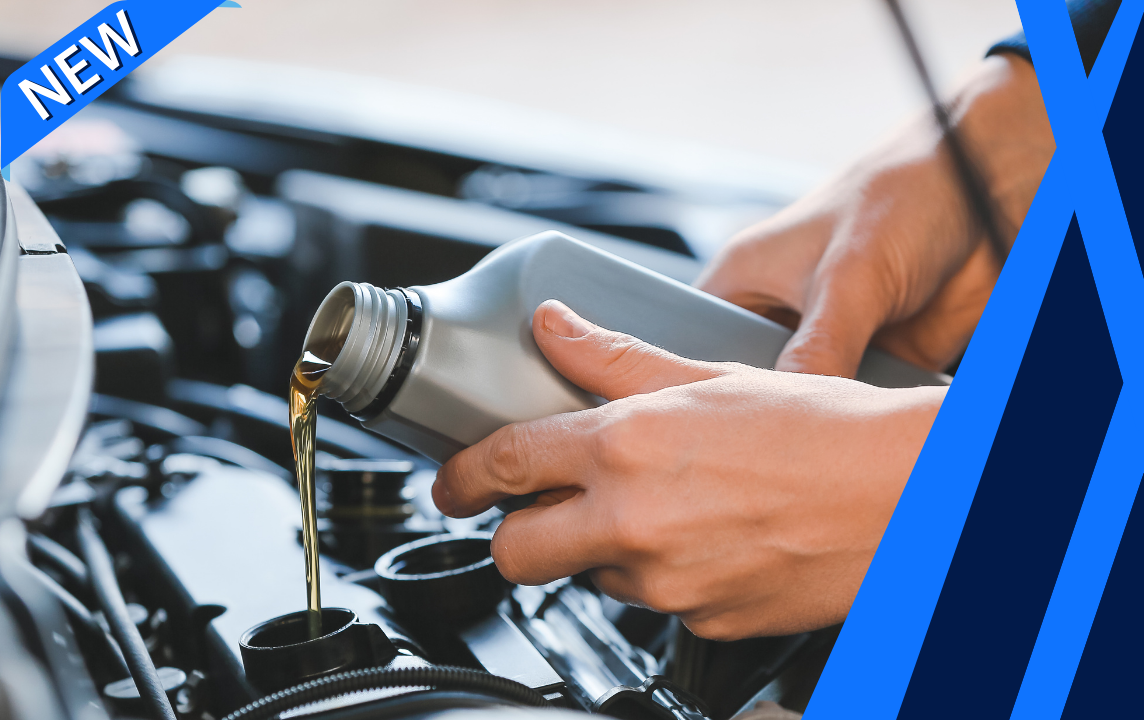Description
Temperature Warning Light is on Inspection
Temperature Warning Light is on Inspection Service
Overheating is the most common cause of an irreparably damaged engine, so you should always take a temperature warning light seriously. The temperature warning light is on the dashboard gauge cluster and usually contains the words “temp” or “engine overheating.” Or, it may simply show a picture of a thermometer.
Most vehicles also have an engine temperature gauge that shows just how hot the engine is. When the temperature warning light illuminates, the first thing to check is this gauge, to determine the severity of the overheating issue.
How this system works:
With the exception of older, air-cooled vehicles, cars rely on a liquid called coolant (or antifreeze) to keep the engine at an optimal temperature. Coolant is a mixture of water and ethylene glycol, and it circulates around the engine block and absorbs excess heat, which keeps the engine from overheating. The coolant converts that heat to air in the radiator, and then the air is emitted, at which time the coolant is ready to absorb more heat. Without coolant, the engine would quickly ruin itself with its own heat production.
Common reasons for this to happen:
- Coolant is low or weak: The most common culprit when an engine overheats is low or weak coolant. If your car doesn’t have enough coolant, then it can’t absorb enough heat. While your car will naturally lose small amounts of coolant over the years, a leak is the most likely cause of low coolant levels.
The proper ratio of coolant to water can also get distorted, resulting in a problem. Too little or even too much antifreeze can dramatically lower the boiling point of the coolant. A proper ratio of antifreeze to water is 50/50 to 60/40, depending on the vehicle.
- Broken radiator fan shroud: The radiator fan shroud directs the airflow across the radiator so the air can absorb the coolant’s heat. When the fan shroud breaks or becomes dislodged, air fails to enter the radiator, and the coolant will no longer have a place to direct the transfer of heat.
- Broken or missing air dam: Along with the shroud, some vehicles have an air dam (or deflector) underneath the vehicle. If this is broken or missing then the air can pass underneath the vehicle but not also through the radiator, which will cause overheating. These air dams are essential in newer vehicles, as they force the air through the fan shroud.
- Faulty coolant temperature sensor: The temperature sensor takes constant readings of the coolant temperature and sends that information to the engine control unit. Based on the temperature of the coolant, the engine control unit adjusts the ignition timing, the fuel injector pulse, and the operation of the electric cooling fan.
- Bad water pump: The water pump is responsible for keeping the coolant cycling throughout the engine. After the coolant transfers its heat energy to the air, the water pump recirculates it around the engine so that it can absorb more heat. The most common water pump problems are a leaking pump, bad bearings, or an impeller that has rotted away due to a low coolant ratio.
- Stuck thermostat: The thermostat acts as a dam for the coolant. When the engine first turns on, and it is still cold, the thermostat keeps the coolant from circulating, which allows the engine to warm up as quickly as possible. Once the engine has reached its operating temperature, the thermostat opens and allows the coolant to circulate. A stuck thermometer may stay permanently sealed and therefore keep the coolant from reaching the engine block.
The thermostat may also stick open. This will not usually result in overheating, but it will waste fuel.
- Broken engine cooling fan: The engine has a cooling fan that is deployed when the coolant needs some extra help. When the coolant temperature sensor notices that the coolant temperature is getting too high, the engine control unit (on newer vehicles) will initiate the cooling fan to reduce the temperature.
- Broken thermostatic fan clutch: Older vehicles use a thermostatic fan clutch to engage the engine cooling fan, which is mounted to the fan blades. The fan clutch uses a bi-metallic spring that tightens when the temperature increases. This acts as a “high speed” option for the fan, and when engaged, it draws more air across the radiator.
- Blown head gasket: The head gaskets sit between the engine block and the cylinder heads, and keep coolant from entering the engine’s oil and combustion chamber. When a gasket blows and coolant seeps in, the issue is not only that the engine will overheat, but also that damage may be done to the catalytic converter and oxygen sensors due to contamination from the coolant.
What to expect:
A top-rated mobile mechanic will come to your home or office to determine the cause of the temperature warning light turning on and the source of the overheating, and will then provide a detailed inspection report that includes the scope and cost of the necessary repairs.
How important is this service?
An overheating engine is extremely dangerous. It is not safe to drive a vehicle with an overheating engine, or you may ruin the engine completely and put yourself at risk. As soon as you notice the light come on, pull over. If there is no place to safely pull over, turn off your radio and other electrical units, and turn your heat on high (this will funnel some of the hot engine air into the cabin). As soon as you can safely pull over, do so, and then book one of our mechanics to perform an inspection.




